La Magia di Ferragosto: A Guide to Italy's Summer Traditions, Celebrations and Culinary Delights
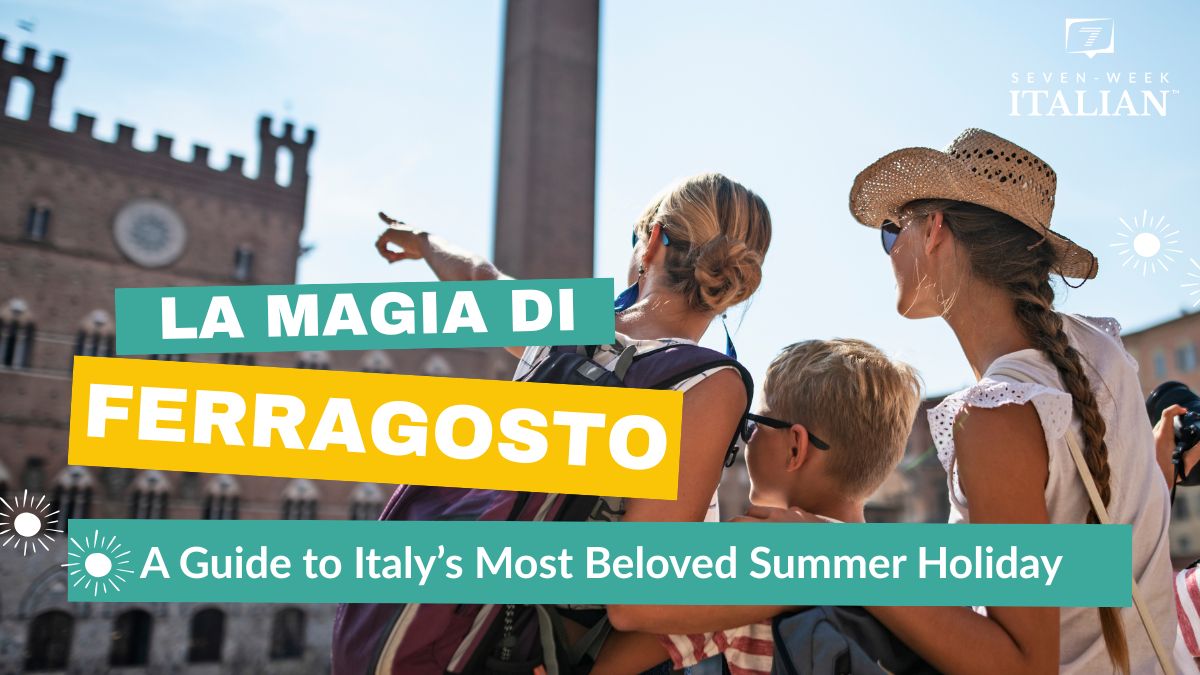
August 15th, Ferragosto, Italy’s most beloved summer holiday! This guide will help you discover the traditions, avoid closures and speak its language!
TL;DR — Ferragosto essentials
- Date: August 15 — national public holiday in Italy.
- Scope: The holiday vibe spans roughly Aug 10–18; many Italians take time off the entire week.
- Openings & closures: Shops and restaurants may close; banks/offices usually closed; museums & transport follow holiday or reduced schedules — always check locally.
- Travel & reservations: Reserve trains, ferries, accommodation, and restaurants well in advance; expect heat and crowds in coastal hotspots.
- How it’s celebrated: Family lunches, beach or mountain day trips (gite fuori porta), village festivals (sagre), fireworks and processions — varies by region.
- Etiquette: Greet people with Buon Ferragosto! and be patient with holiday timings.
Need phrases? See the 👉 Ferragosto Glossary and the Q&A at the end of this guide.
Picture this: a blazing August afternoon in Rome. The cobblestones shimmer like molten gold, gelaterie hum with life, and the narrow streets are quieter than usual… except for the rumble of wheeled suitcases echoing towards the next shaded piazza.
Shop shutters are drawn, handwritten chiuso per ferie signs hang in the windows, and the air smells faintly of warm stone and basil.
Locals have packed their cars and escaped to the mountains, the coast, or their nonna’s village, where the table will already be set for a long lunch.
This is Ferragosto — Italy’s most beloved summer holiday — a tradition that has survived for over two millennia.
Every August 15, daily life pauses, families reunite, and entire cities take a collective breath during the nationwide ferie d'agosto (August holidays.)
It’s a date circled in every Italian calendar and a hot topic on travel forums: Is Ferragosto the best or worst time to visit Italy?
Whether you picture Florence’s silent piazzas, crowded beaches in Rimini, or candlelit processions in Sicily, Ferragosto has its own unmistakable rhythm. Understanding it will shape how you experience Italy in August.
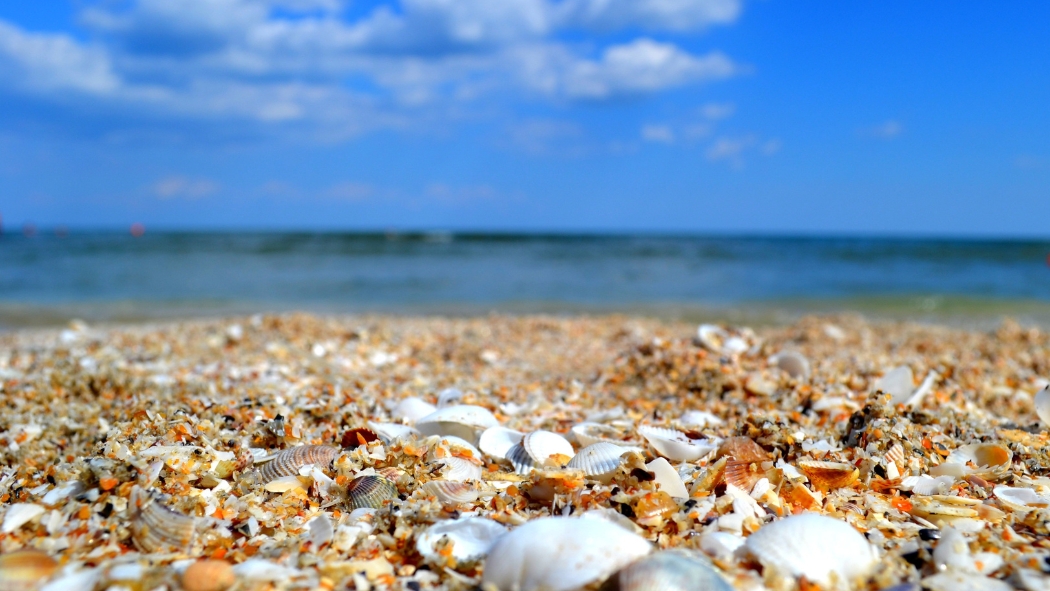
A Short History of Ferragosto | Breve storia del Ferragosto
Ferragosto dates back to Ancient Rome, when Emperor Augustus — whose name still lives on in the month of August — introduced the Feriae Augusti in 18 BCE. It was a well-earned pause after the harvest, marked by horse races, games, and communal feasts, and even the work animals were given a garland and a day of rest.
Centuries later, the holiday merged with the Christian Feast of the Assumption of the Virgin Mary, celebrated on August 15, giving Ferragosto both sacred and festive meaning.
In the early 20th century, Mussolini’s government added yet another twist, promoting low-cost Treni popolari that carried working-class Italians to visit art cities, visitare le città d’arte, or just take a trip out of town - una gita fuori porta.
A joyful tradition of travel and leisure that still colours the Italian holiday today.

Want to fast-track your Italian fluency and feel at home in Italy?
Become a priority reader for Italian You — the one book that will take your Italian to the next level.
🎁 Get “Italian You” with the Priority BonusHow Italy Celebrates Today | Come si festeggia il Ferragosto oggi
From the alpine north to the sun-baked south, Ferragosto is about togetherness, food, and escape. The cities empty, as their inhabitants choose between andare in montagna ⛰️ (going to the mountains), and andare al mare 🌊 (going to the sea).
Coastal towns hum with music, the scent of grilled seafood drifting through the streets. In the countryside, long wooden tables are set up under vine trellises, cicadas buzzing in the background.
Inland cities slow to a dreamy pace — quieter streets, longer shadows, and the occasional echo of church bells.
Everywhere, families gather for pranzi di Ferragosto (Ferragosto lunches), lingering for hours over fresh seasonal dishes before joining the evening’s celebrations. For some, it’s una grigliata (barbecue) in the backyard; for others, an evening at the town square, una serata in piazza with music and fireworks - fuochi d’artificio over the sea.
Is Ferragosto (and August) a Good Time to Visit Italy? | Visitare l'Italia a Ferragosto?
The million-euro question: Should you visit Italy in August? Ha senso visitare l'Italia in agosto?
The answer depends entirely on what you want from your trip.
Pros / Vantaggi:
Lively beach towns and summer festivals in full swing.
Long daylight hours for sightseeing and slow dinners outdoors.
A chance to experience a tradition Italians hold close to their hearts.
Cons / Svantaggi:
Many smaller shops and restaurants close in cities around mid-August.
Popular coastal and mountain destinations can be crowded — and expensive.
High summer heat, especially in recent years.
Accommodation prices spike — early booking is essential.
💡 Tip / Consiglio: If you want culture without melting in the midday sun, head north to the Dolomites, Lake Como, or the Aosta Valley.
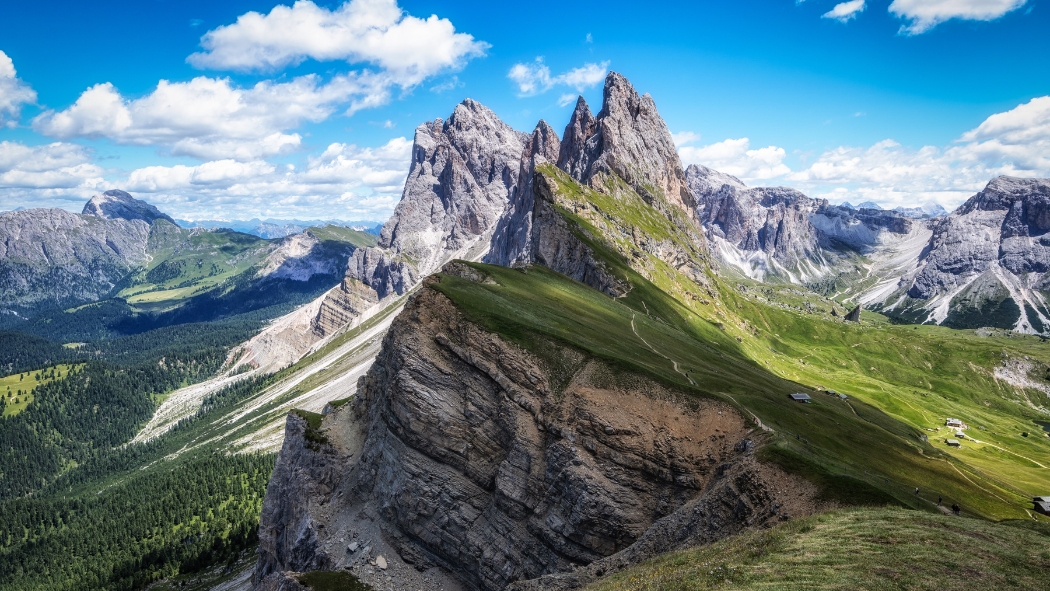
Where and How to Spend Ferragosto | Dove e come trascorrere il Ferragosto
So, you decided to spend Ferragosto in Italy and discover its authentic magic. Where should you go?
If you want to feel Ferragosto in its full glory, choose your backdrop carefully. Across Italy, the holiday comes alive through annual events, centuries-old traditions, and lively sagre that mark August 15 on the calendar every year.
Dolomites (Trentino-Alto Adige) — In alpine villages, Ferragosto means traditional mountain festivals with folk music, local craft markets, and outdoor banquets featuring regional cheeses and pastries.
Siena (Tuscany) — The Palio dell’Assunta is Ferragosto’s most famous event, on the 16th of August. This historic bareback horse race in the Piazza del Campo is pure adrenaline — pageantry, flag-throwers, drums, and fierce neighbourhood pride.
Irsina, (Basilicata) — The ancient Saint Roch Festival (Sand’Rocc): women create altars in their homes for Saint Roch. Locals keep vigil through the night—singing, dancing, making fragrant fritters, and decorating with basil and embroidery.
Rome — The Estate Romana festival keeps the capital’s cultural life buzzing through Ferragosto, with open-air concerts, film screenings, and performances along the Tiber.
Puglia — Hill towns like Ostuni burst into life with Ferragosto sagre. These food festivals spill into the piazzas, with long communal tables, local wine, and music that invites everyone to dance.
Catania (Sicily) — Ferragosto coincides with religious processions for the Assumption of the Virgin Mary, followed by street food markets, live music, and fireworks over the sea.
Messina (Sicily) — Witness the dramatic Procession of the Vara, a towering 13.5-meter votive structure carried through town by barefoot faithful on August 15th.
Trieste (Friuli Venezia Giulia) — I might be biased, but Trieste is my Ferragosto secret. The city has the sea at its feet and the mountains at its back, with a breeze that keeps the August heat at bay. (Ok, that's not always true. Sometimes it's so hot, you wonder why it's called the North of Italy - il Nord. While it’s never as frantic as Italy’s tourist hotspots, the festival of TriestEstate brings a spark of new life: concerts in moonlit squares, theatre under the stars, and evenings spent by the waterfront with gelato in hand, watching the lights shimmer across the Gulf.
Ferragosto Desserts You’ll Want to Try | I dessert di Ferragosto da non perdere
No Ferragosto is complete without a long lunch in good company — tables heavy with colourful platters, chilled wine beading with condensation, and the soft clink of cutlery against ceramic.
In the heat of August, dessert is more than a sweet ending — it’s a cool pause, a sigh of relief, a reminder that summer is at its peak.
Each region has its own festive specialities, and if you plan your trip well, you can taste Ferragosto from Sicily to the Dolomites.
Sicily — Gelo di melone & Granita 🍧
Gelo di melone is a silky, chilled creation made from watermelon, sugar, and a hint of cinnamon, topped with bright green pistachios. Pair it with a tart lemon granita, melting slowly in the spoon, the taste as bracing as the island’s sea breeze.
Amalfi Coast / Campania — Melanzane al cioccolato 🍫
A daring summer dessert, melanzane al cioccolato are slices of fried eggplant layered with chocolate, almonds, and candied fruit. Sweet, surprising, and once tasted, never forgotten.
Tuscany (Grosseto area) — Biscotto di mezz’agosto 🍪
A ring-shaped cookie, biscotto di mezz'agosto, is scented with anise and wine, and baked only for mid-August. Crisp at first bite, softening when dipped into a glass of Vin Santo.
Liguria — Crostata di frutta estiva 🥧
A buttery tart filled with cool pastry cream, topped with glossy slices of peach, plum, fig, and berry — summer’s palette on a plate. Here is one of many possible recipes for crostata di frutta.
Puglia — Spumoni 🥮
Spumoni are layers of gelato, candied fruit, and nuts frozen together into a sliceable cake — a festive centrepiece for long, lazy lunches.
Veneto — Pesche ripiene 🍑
Peach halves filled with amaretti crumbs, sugar, and a dash of liqueur, baked until golden, then served chilled. Soft, fragrant, and faintly boozy le pesche ripiene are the perfect summer night dessert.
Everywhere — Anguria 🍉
From north to south, watermelon is the unofficial symbol of Ferragosto. Served icy cold, sometimes carved into elaborate displays, it’s the simplest, purest taste of the holiday.

Want to fast-track your Italian fluency and feel at home in Italy?
Become a priority reader for Italian You — the one book that will take your Italian to the next level.
🎁 Get “Italian You” with the Priority BonusHow to Enjoy August and Ferragosto in Italy |Come godersi il mese di agosto in Italia
August in Italy — and Ferragosto in particular — isn’t the easiest time to travel. But with some planning, it can be one of the most interesting times to experience the country.
I've made a list of 8 Regole d'oro that will make your Ferragosto Italian adventure next summer a success.
Golden rules / Regole d’oro:
Book early — really early. Hotels and activities can sell out months in advance.
Double-check your itinerary. Many sites close during la settimana di Ferragosto.
Do as Italians do. Pick your spot — andare al mare, andare in montagna, or join friends for una grigliata — and stick with it.
Expect closures. Plan meals and sightseeing with this in mind.
Avoid the obvious. Skip overcrowded hotspots.
Follow the locals’ map. Ask residents for hidden gems.
Enjoy the stillness. Some cities turn into a paese fantasma. It's rare. Enjoy it.
Arrive ready to talk about Ferragosto — learn the vocabulary. See the glossary below for the essential words and phrases you’ll hear around the holiday. We made it into a game.
Ferragosto may not be the most “comfortable” or recommended time to visit, but it offers something else entirely: the chance to see Italy celebrating itself, without adjusting itself to the needs of anyone else. Join that celebration and discover your Italian Self!
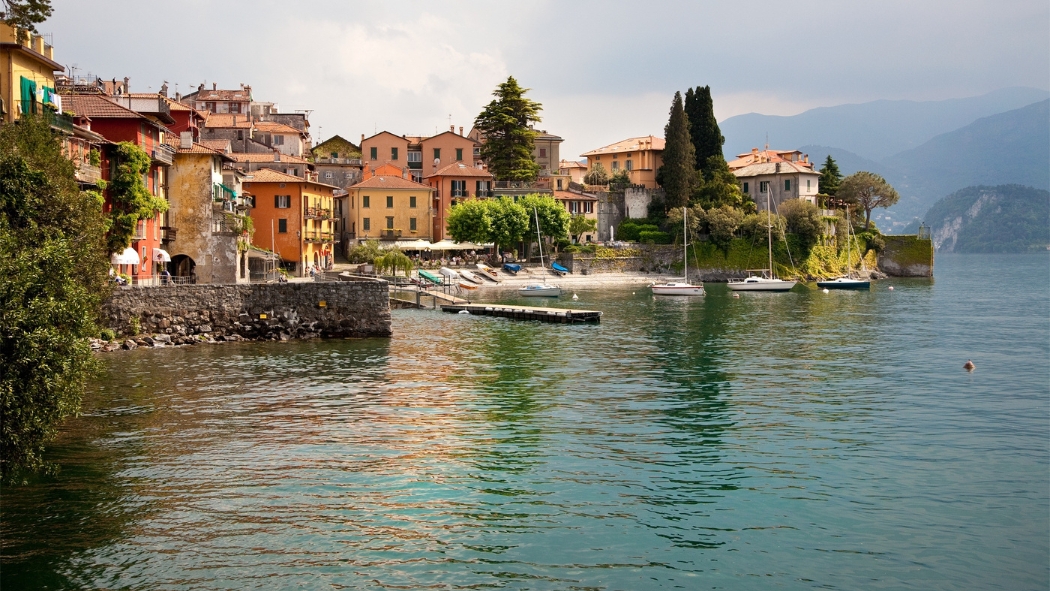
The Ferragosto glossary game 🕹️| Glossario di Ferragosto
Ready to check how well you remember the basic Italian Ferragosto vocabulary?
Tap or click a word to reveal the translation. But before you take a look, give it a second and try to come up with the translation. We've just encountered all of these words in the article! 👇
🇮🇹 Ferragosto
🇮🇹 ferie d’agosto
🇮🇹 la settimana di Ferragosto
🇮🇹 visitare le città d’arte
🇮🇹 una grigliata
🇮🇹 andare al mare
🇮🇹 andare in montagna
🇮🇹gita fuori porta
🇮🇹chiuso per ferie
🇮🇹 serata in piazza
🇮🇹 fuochi d’artificio
✨ An Italian Ferragosto Magic Story — Short Story in English and Italian for Reading Practice
Now that I’ve (hopefully!) got you excited about Ferragosto, let’s use that energy to work on your Italian language skills with the 3D Method™.
I've written for you an Italian short story with English translation, designed as a practical Ferragosto Italian reading exercise.
In the 3D Method™, we often learn Italian through short stories. We lean on emotion and imagination to trigger retention and make the language become second nature.
Because that’s exactly what our oversaturated adult brains respond to.
And what better way to spark emotion and imagination than a magical Ferragosto story?
Except… while it was pure magic, it actually happened.
So, if you’d like to go beyond the basic Ferragosto vocabulary above, here’s how! 👇
There are two paths you can take:
- 🟡 The brave way 🦁
Start with the Italian version. Read it once or twice and jot down what you don’t understand. Then move on to the English version to confirm, compare, and fill in the gaps. Finally, go back and reread the Italian text — you’ll be amazed by how much more you grasp. Return to the Italian version tomorrow, and watch the magic happen.
- 🟢 The relaxed summer way ⛱️
Begin with the English version to enjoy the story. Then read the Italian version, now that you already know what to expect. You’ll be surprised at how much vocabulary you recognize thanks to context, cognates, and cultural clues woven into the story. Return to the Italian text tomorrow, and the words will feel even more natural.
Whichever path you choose, notice how returning to the Italian version the next day creates a spiral of learning — layering knowledge each time.
That’s the 3D Method™ in action: turning a real story into a language exercise that invites you to live and breathe Italian.
Buona lettura!
(Click on the language you'd like to start with and dive in!)
Ferragosto is a time for magic: the kind that turns ordinary days into unforgettable adventures and strangers into family.
I believe it begins a few nights earlier, on la notte di San Lorenzo, when in Italy we look for stelle cadenti (shooting stars), make wishes, and hope for a bit of magic.
One Ferragosto week, I set off with my bike, Beatrice la Bici, on a spur-of-the-moment trip. We hopped on a train to Tuscany and followed the magnificent Via Francigena for a few days, the ancient pilgrim route to Rome.
No real plan, just me, Beatrice, and the rolling Tuscan landscapes, each turn offering a new, breathtaking view.
By August 15, I was in Florence, with an entire day to explore the city. I couldn't miss the famous Belvedere at Piazzale Michelangelo, and after taking a few photos, I noticed a sign to a monastery higher in the hills.
Curious, and with that Ferragosto sense of adventure, I began the climb. The sun was fierce, my water bottle nearly empty, but the promise of an unexplored jewel of Florence pushed me forward.
When, after what seemed an interminable ride, I reached the monastery, it was unsurprisingly closed, as so many places are on Ferragosto!
My water was gone, my phone dead, the heat relentless.
I decided to keep climbing rather than descend; there seemed to be a village ahead. The slope grew steeper, my legs heavier, my head lighter. An eerie holiday hush hung over the picture-book hill.
Eventually, I just couldn't stay in the saddle any longer. I dismounted, pushing Beatrice the last stretch with what strength I had left. At the top stood a church. Where there is a church, I thought, there are people, and where there are people, there is water.
I pushed open the churchyard gate and found the whole neighbourhood gathered at a long table, celebrating Ferragosto. Leaning heavily on the gate, trying to stand upright, I asked for a tap to fill my bottles. A man rose with a smile and led me to the church garden, and as we reached the tap, I forgot the heat and the exhaustion; Florence lay below in all her timeless beauty, framed by the garden’s flowers.
The water and the view revived me. I thanked everyone and turned to go, but the whole table insisted I stay. Dessert was already being passed, yet the entire Ferragosto feast reappeared for me, served in reverse.
I spent the rest of the day at that table in a Renaissance churchyard, high on a Tuscan hill, surrounded by people who were no longer strangers. We spoke of life, travels, Florence, Ferragosto, and Tuscan history.
When it was time to leave, offers to stay the night came from every direction.
I couldn’t stay, but their kindness stayed with me.
For years afterwards, I would ring my favourite pasticceria in Florence and order a tray of dolci tipici toscani to be delivered to that churchyard on August 15, knowing they would all be there again.
That is the magic of Ferragosto: it takes you somewhere you never planned to go and leaves you with a story and with people you will never forget.
Ferragosto è un momento magico: trasforma giornate normali in avventure indimenticabili e fa sentire tra sconosciuti come in famiglia.
Per me inizia qualche giorno prima, nella notte di San Lorenzo, quando in Italia guardiamo il cielo per cercare le stelle cadenti, esprimiamo un desiderio e speriamo in un po’ di magia.
Durante la settimana di Ferragosto sono partita con la mia bicicletta, Beatrice la Bici, per un viaggio improvvisato. Abbiamo preso un treno per la Toscana e abbiamo seguito per alcuni giorni la Via Francigena, l’antico cammino dei pellegrini verso Roma.
Nessun piano: solo io, Beatrice e le colline toscane, con un panorama più bello a ogni curva.
Il 15 agosto ero a Firenze, con tutta la giornata per esplorare la città. Non potevo perdere il famoso belvedere di Piazzale Michelangelo e dopo qualche foto ho visto un cartello per un monastero in alto sulle colline.
Curiosa e con lo spirito avventuroso del Ferragosto, ho iniziato la salita. Il sole picchiava, la borraccia era quasi vuota, ma l’idea di scoprire un angolo nascosto di Firenze mi spingeva avanti.
Quando, dopo una salita che sembrava infinita, sono arrivata al monastero, era chiuso, come spesso accade a Ferragosto.
L’acqua era finita, il telefono era scarico e il caldo insopportabile.
Ho deciso di continuare a salire invece di scendere: in alto sembrava esserci un paese. La salita diventava più ripida, le gambe più pesanti, la testa leggera. C'era un silenzio assoluto, quasi irreale.
Alla fine non riuscivo più a restare in sella. Sono scesa e ho spinto Beatrice per l’ultimo tratto, con le ultime forze. In cima c’era una chiesa. Ho pensato: dove c’è una chiesa c’è gente, e dove c’è gente c’è acqua.
Ho aperto il cancello del cortile e ho trovato tutto il paese riunito per il pranzo di Ferragosto intorno a una lunga tavolata. Appoggiata al cancello, a malapena in piedi, ho chiesto se potevo riempire le bottiglie. Un uomo si è alzato con un sorriso e mi ha accompagnata nel giardino; arrivando al rubinetto ho dimenticato la fatica e il caldo: Firenze era sotto di noi, in tutta la sua bellezza senza tempo, incorniciata dai fiori del giardino.
L’acqua e il panorama mi hanno ricaricata di energie. Ho ringraziato tutti e stavo per andare via, ma non ne volevano sapere. Stavano già passando il dolce, eppure per me è riapparso tutto il pranzo di Ferragosto, servito al contrario.
Ho trascorso il resto della giornata a quel tavolo, nel cortile di una chiesa rinascimentale, in cima a una collina toscana, insieme a persone che non erano più degli sconosciuti. Abbiamo parlato di vita, di viaggi, di Firenze, di Ferragosto e della storia della Toscana. Quando è arrivato il momento di ripartire, sono arrivate offerte di ospitalità da tutte le parti.
Non potevo fermarmi, ma la loro gentilezza mi è rimasta nel cuore.
Per anni, poco prima di Ferragosto, chiamavo la mia pasticceria preferita di Firenze e ordinavo un vassoio di dolci tipici toscani da consegnare in quel cortile per la festa.
Questa è la magia di Ferragosto: ti porta dove non avevi programmato di andare e ti lascia con una storia e con persone che non dimenticherai mai.
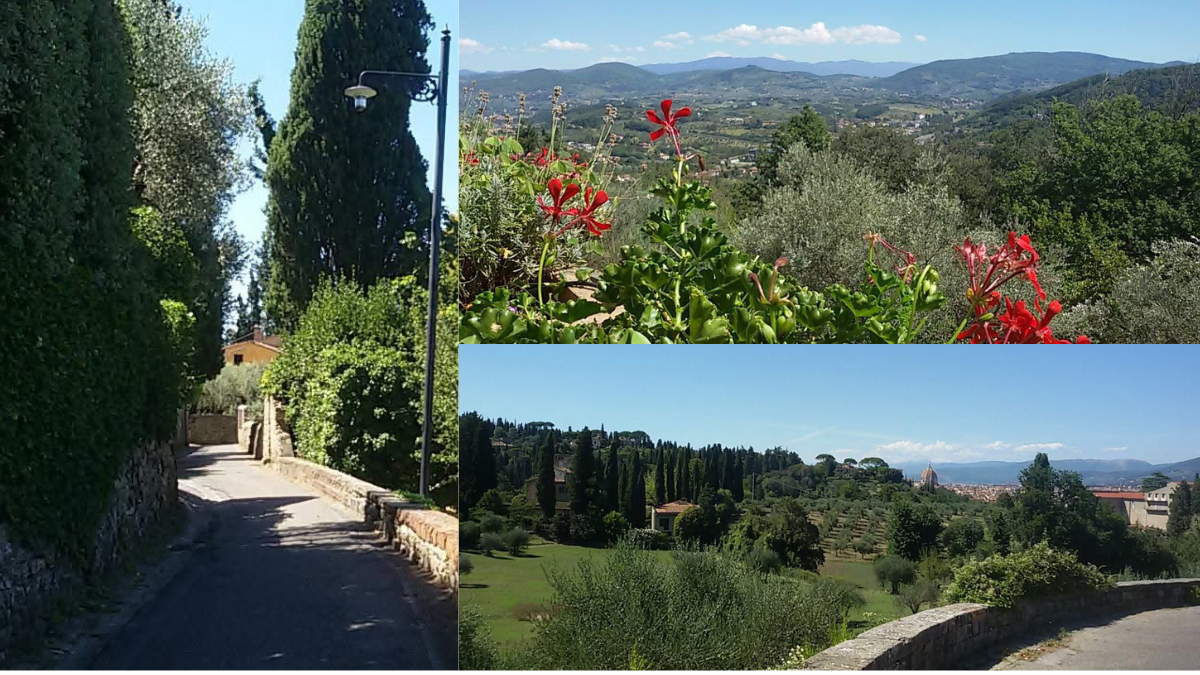
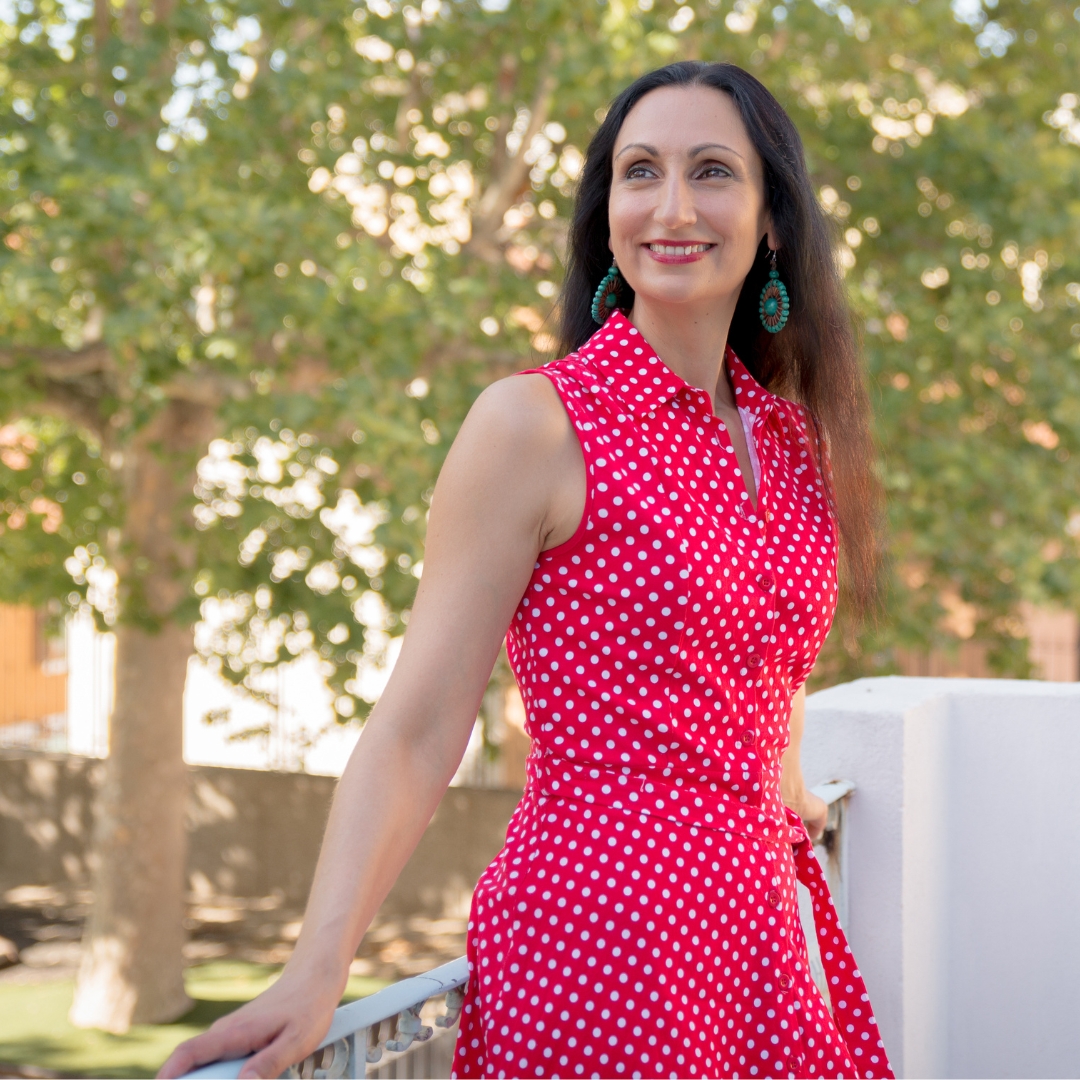
About the Author
Tania Troyan is the founder of 7-Week Italian® and the author of the book How to Unlock Your Learning Potential, Master Italian, and Feel at Home in Italy. She’s on a mission to change the way adults learn Italian—replacing outdated methods with a holistic, neuroscience-based approach grounded in linguistic and cultural transformation.
Through her 3D Method™ and with the support of her dedicated team of native Italian teachers, she has helped thousands of English speakers build fluency and shape their new Italian identity. She believes learning Italian should be a transformative and empowering journey—for mind, heart, and voice— a journey toward your Italian Self.
Ferragosto FAQs: Quick Answers for Travelers 🙋🏻
Domande frequenti su Ferragosto
1 What is Ferragosto, and when is it celebrated?
Ferragosto is Italy’s mid-summer holiday on August 15, rooted in ancient Roman Feriae Augusti and now a nationwide summer break.
2 Is Ferragosto a public holiday in Italy?
Yes. It’s a national public holiday (Assumption Day), so many offices and businesses close or run on holiday hours.
3 What’s open and what closes on Ferragosto (shops, museums, restaurants, transport)?
- Often closed: small shops, offices, some restaurants (especially in residential areas).
- Often open: many state museums & archaeological parks; tourist-area dining (book ahead).
- Transport: runs on holiday/reduced schedules; tickets can sell out.
4 How do Italians celebrate Ferragosto (beach trips, picnics/barbecues, fireworks)?
- Getaways: seaside or mountain day-trips/long weekends.
- Food: long family lunches, backyard grigliate, seasonal desserts.
- Community: festivals, concerts, and often fireworks after dark.
5 Is Ferragosto religious—how does it relate to the Feast of the Assumption?
Ferragosto coincides with the Catholic Feast of the Assumption (August 15). Many attend Mass or local processions before celebrations.
6 How does Ferragosto affect travel plans (crowds, traffic, city vs. beach)?
- Coasts & resorts: busiest and priciest—reserve early.
- Cities: quieter; good for museums/open sites (check hours).
- Getting around: traffic on major routes; trains sell out.
Plan around closures and confirm hours a few days ahead.
7 How do you say “Happy Ferragosto” in Italian?
“Buon Ferragosto!” (“Happy Ferragosto!”).
A more formal option is “Auguri di Buon Ferragosto!"
You can add a short wish, e.g., “Buon Ferragosto a tutti!”
Italian You — learn Italian and feel at home in Italy, faster 🍋
Want to fast-track your Italian fluency and become part of the Italian culture? Become a priority reader of Italian You — the book that helps you not just learn, but speak, think, and become more Italian.
- Avoid the pitfalls of outdated learning methods.
- Create an immersive Italian Ecosystem that makes fluency feel effortless.
- Master grammar, vocabulary, and pronunciation naturally.
- Stay motivated and committed to your learning journey.
💡 When you join the Priority Readers List, you also get a special bonus: 100% off on the Ultimate Italian-English Cognates Blueprint 🎁

Categories: : Italian magic
 Tania Troyan
Tania Troyan 